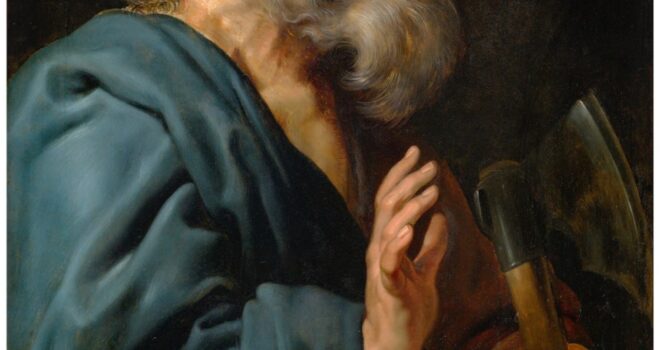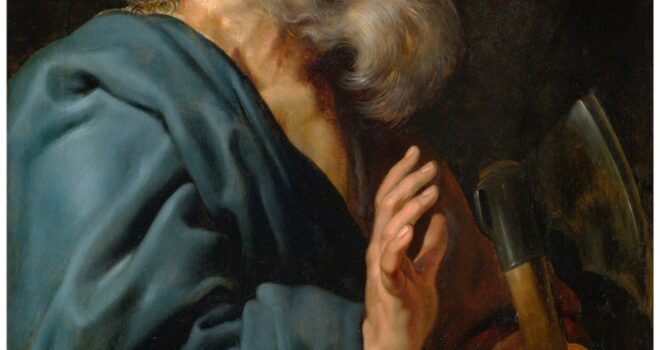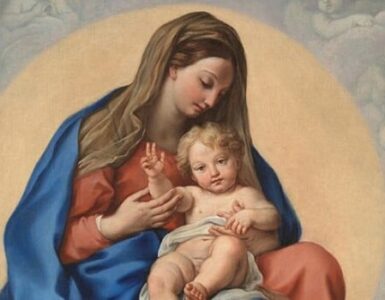After the Ascension, the apostles had a bit of housekeeping to do, as Acts 1 reports. The issue: how to fill the spot Judas had held among the Twelve. The replacement eventually chosen was a man known to us as St. Matthias.
St. Matthias’ name may appear only twice in the Bible, but that doesn’t mean he’s unimportant.
In announcing nominations for a new apostle, St. Peter told those assembled that he had to be someone who had followed Jesus during his whole ministry, from Baptism to Ascension. But what exactly was this new apostle called to do? To paraphrase St. John Chrysostom, it wasn’t to be a witness to Jesus’ ministry. Nor to His miracles. Rather, he was called to be a “witness to His resurrection,” as the Book of Acts puts it.
Nominations were taken, two names were submitted, and Matthias won on a drawing of lots. (By the way, how bad would you feel if you were the guy who lost this, the ultimate of lotteries? Worse yet, he is not granted anonymity. Scripture informs us it was Joseph “known as Barsabbas.”)
So why is St. Matthias more than just a footnote to the gospel account of the Twelve? Here’s why, according to German writer, Otto Hophan, O.F.M. in his book, The Apostles:
The Apostle Matthias represents the brightening of the darkness, the bridging of an abyss, the beginning of a new epoch. He was not one of the original Twelve. After Judas fell from the ranks of the apostles, Matthias was there to take his place. He became the first apostle chosen after the death of the crucified Christ. …
The apostle Matthias is a source of joy to Christian hearts. It would have been depressing if the noble group of the twelve apostles had ended with the criminal face of Judas. Instead, this gentle and venerable old man closed the ranks of the Twelve. Attention is instinctively turned away from the wretched Judas and directed toward this last, good apostle.
How can we, like St. Matthias, be “witnesses to the resurrection”?
✠












